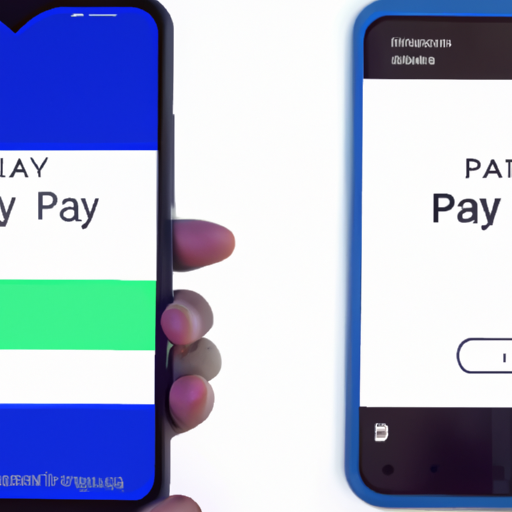As technology continues to evolve, so does the way we handle our finances. The rise of digital wallets and mobile payment systems has revolutionised the way we transact, making it easier, faster, and more secure. Two of the most popular mobile payment systems today are Google Pay and Apple Pay. This article will delve into the intricacies of these two systems, comparing their features, security measures, and overall user experience.
What are Google Pay and Apple Pay?
Google Pay and Apple Pay are mobile payment systems and digital wallets developed by Google and Apple, respectively. They allow users to make payments using their smartphones, tablets, or smartwatches, eliminating the need for physical cards or cash. Both systems use Near Field Communication (NFC) technology to facilitate contactless payments.
How Do They Work?
Google Pay
Google Pay works by storing your credit, debit, loyalty, and gift cards on your device. When you make a payment, Google Pay uses a method called tokenisation to secure your card details. This means that your actual card number is replaced with a unique digital identifier or ‘token’. This token is then sent over the network to process the payment, keeping your card details secure.
Apple Pay
Apple Pay works in a similar way. It also uses tokenisation to secure your card details. However, Apple Pay also requires you to authenticate your identity using Touch ID, Face ID, or a passcode before a payment can be processed. This adds an extra layer of security to your transactions.
Comparing Google Pay and Apple Pay
Device Compatibility
One of the main differences between Google Pay and Apple Pay is the devices they are compatible with. Google Pay is available on Android devices running Android Lollipop 5.0 or higher, while Apple Pay is only available on certain Apple devices.

Accepted Locations
Both Google Pay and Apple Pay are widely accepted at millions of stores worldwide. However, the availability may vary depending on the country and the retailer. It’s always best to check if a store accepts Google Pay or Apple Pay before attempting to make a payment.
Security Measures
Both Google Pay and Apple Pay take security seriously. They both use tokenisation to secure your card details, and neither system shares your actual card details with the retailer when you make a payment. However, Apple Pay goes a step further by requiring biometric or passcode authentication for transactions.
User Experience
Both Google Pay and Apple Pay offer a seamless and intuitive user experience. They both allow you to make quick and easy payments with just a tap of your device. However, some users may prefer the interface of one system over the other.
Case Studies
Google Pay in India
Google Pay has seen significant success in India, where it has become one of the most popular digital payment apps. According to a report by TechCrunch, Google Pay had over 67 million monthly active users in India as of September 2019. This success can be attributed to the app’s seamless user experience and the widespread adoption of digital payments in the country.
Apple Pay in the US
Apple Pay has also seen significant adoption in the US. According to a report by Statista, the number of Apple Pay users in the US grew from 67 million in 2018 to 95 million in 2020. This growth can be attributed to the increasing acceptance of Apple Pay at retailers and the growing popularity of contactless payments.
Conclusion
In conclusion, both Google Pay and Apple Pay offer a secure and convenient way to make payments. They both use advanced security measures to protect your card details and offer a seamless user experience. However, the best system for you will depend on your device and your personal preferences. Whether you choose Google Pay or Apple Pay, one thing is clear: digital wallets and mobile payment systems are here to stay.




